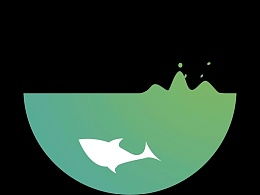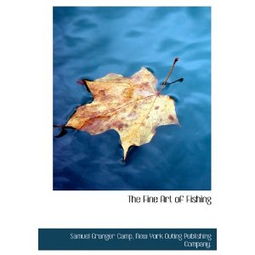In the serene world of angling, encountering oxygen-deprived conditions can be a daunting challenge for even the most seasoned anglers. When it comes to targeting carp, a species known for its resilience and size, understanding how to navigate through oxygen-poor waters is crucial for a successful fishing trip. This article delves into the intricacies of鲫鱼缺氧钓鱼技巧, offering expert advice and strategies to help you conquer this common obstacle and enjoy a fruitful day on the water.
Understanding Oxygen Deprivation in Carp Waters
Before we delve into the fishing techniques, it's essential to understand why oxygen deprivation occurs in carp fishing environments. Carp, like all fish, require oxygen to survive. When the oxygen levels in the water drop below a certain threshold, it can lead to a variety of issues, including stressed or dying fish. Several factors can contribute to low oxygen levels:
- High Water Temperature: Warm water holds less oxygen than cool water, which can be a significant issue during hot summer months.
- Poor Water Quality: Excessive algae blooms, pollution, and low water quality can all deplete oxygen levels.
- High Fish Density: Overcrowded waters can lead to rapid oxygen consumption and depletion.
- Shallow Waters: In shallow lakes or ponds, the sun can heat the water more intensely, reducing oxygen levels.
Strategies for Carp Angling in Oxygen-Poor Conditions
Now that we understand the challenges, let's explore some effective techniques to overcome oxygen deprivation when fishing for carp:
Early Morning or Evening Sessions
Fish are more active and less likely to be stressed during the cooler parts of the day. By targeting the early morning or late evening, you can take advantage of the higher oxygen levels in the water.
Choose the Right Bait and Lures
Opt for baits that mimic natural food sources that are more likely to be present in oxygen-deprived conditions. Live baits, such as worms or maggots, can be particularly effective as they are more resilient in low-oxygen environments.
Adjust Your Presentation
In oxygen-poor waters, it's crucial to present your bait in a way that minimizes stress on the fish. Use lighter tackle and avoid excessive movement. A gentle, natural presentation can help entice fish that are less likely to be active due to the lack of oxygen.
Focus on Deep Waters
Carp often seek refuge in deeper waters during low-oxygen conditions. By targeting these areas, you can increase your chances of finding active fish. Use sonar devices to identify deeper holes and structures where carp might congregate.
Use Oxygen-Enhancing Products
There are various products available that can help increase oxygen levels in the water. Oxygen bombs, liquid oxygen, and other oxygenating agents can be dropped into the water to provide a temporary boost to oxygen levels.
Monitor Water Conditions
Keep an eye on weather forecasts and water quality reports. Extreme weather events or changes in water quality can drastically affect oxygen levels. Being prepared with this information can help you make informed decisions about when and where to fish.
Be Patient and Observant
When fishing in oxygen-deprived conditions, patience is key. Fish may be less active and harder to catch. Take your time, observe the water, and adjust your tactics accordingly.
Use a Variety of Baits and Rigs
Experiment with different baits and rigs to see what works best in low-oxygen conditions. Sometimes, a simple, natural-looking rig can outperform more complex setups.
Consider the Wind Direction
Wind can significantly impact oxygen levels. Fish often gather in areas where the wind has churned up the water, creating a more oxygen-rich environment. Try to position yourself in such areas to increase your chances of success.
Practice Ethical Catch and Release

If you catch a carp in oxygen-deprived conditions, consider practicing catch and release. Stressed fish are more susceptible to diseases and are less likely to survive in poor conditions.
Conclusion
Fishing for carp in oxygen-deprived waters can be challenging, but with the right strategies and a bit of patience, it's certainly achievable. By understanding the factors that contribute to low oxygen levels and adapting your approach accordingly, you can increase your chances of success. Remember to always prioritize the well-being of the fish and the environment, and you'll be well on your way to enjoying a memorable fishing experience, even in less-than-ideal conditions.












